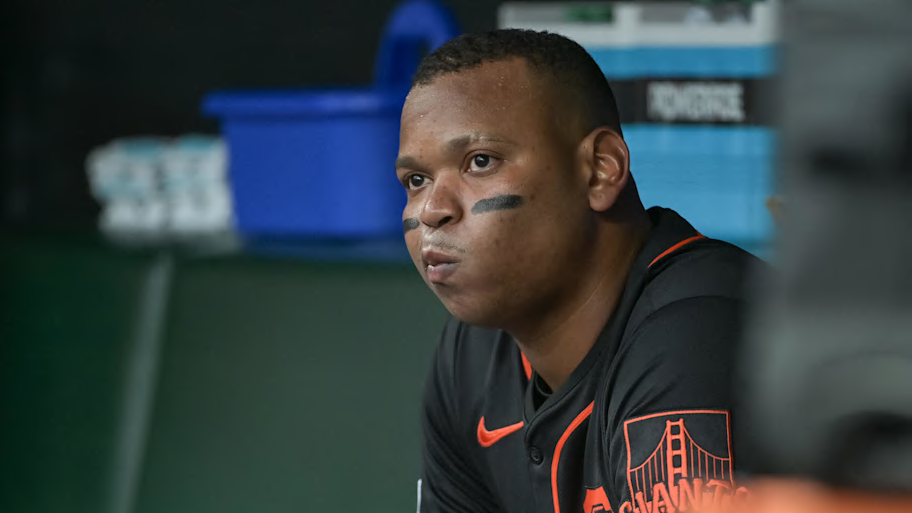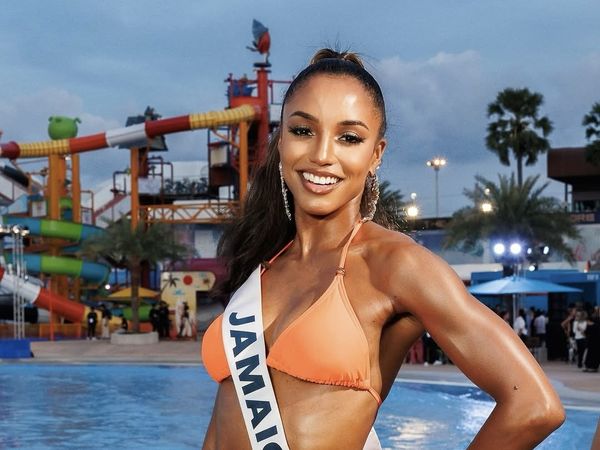
When the Giants shocked Major League Baseball by acquiring Rafael Devers from the Red Sox on June 15, many believed the team had found its missing piece. That dream pairing has turned into a nightmare.
Already possessing an excellent pitching staff, conventional wisdom suggested the Giants needed to add some thump to their lineup, preferably from the left side of the plate. They landed one of the game’s best players who fit that description, yet somehow it hasn't worked.
The 28-year-old Devers is a three-time All-Star and two-time Silver Slugger who helped the Red Sox win a World Series in 2018. His relationship with the franchise soured considerably over the offseason, as the team’s signing of fellow third baseman Alex Bregman rubbed its incumbent star the wrong way. That eventually led Boston to trade its best bat to the Giants for a considerably light return.
On the date of the trade, San Francisco trailed the Dodgers by just two games in the National League West. The deal looked like a game-changer. Devers appeared to be the power bat San Francisco has lacked for years—no Giants slugger has topped 30 home runs since Barry Bonds in 2004. Plugging Devers into the middle of the lineup was supposed to wake the offense up. Instead, the team went cold, collapsed and sold off key pieces at the trade deadline.
San Francisco's pitching staff has largely held up its end of the bargain. Since June 15, Giants pitchers rank fifth in baseball in FIP (3.88) and eighth in xFIP (3.96), though they are only 16th in fWAR (3.5). A decent offense combined with that staff should have produced a winning formula. Yet the bats have disappeared, as have the team’s playoff chances.
We’re going inside the numbers to see just how this happened.
0.0 — Devers’s fWAR since his first appearance with the Giants on June 17.
5 — Home runs for Devers in 43 games since joining the Giants. He had 15 in 73 games for the Red Sox.
107 — Devers’s wRC+ since joining the Giants, 18th among designated hitters.
.318 — Devers’s wOBA with the Giants, significantly lower than his career wOBA of .359.
.715 — Devers’s OPS since joining the Giants, which would be the worst of his career, and nearly 200 points lower than the .905 mark he had before the trade. It’s also 156 points lower than his mark from 2024.
3 — Regulars with a wRC+ above 100 for the Giants since Devers joined the lineup on June 17. Willy Adames (155), Devers (107) and Casey Schmitt (106) are the only hitters with more than 50 plate appearances to top that mark. Jung Hoo Lee just missed at 99.
4.2 — fWAR for Giants hitters since Devers joined the lineup, 22nd in baseball in that time.
9.5 — Percent playoff odds for the Giants currently, per FanGraphs, down from 65% on June 16, the day after the Devers trade.
17 — Wins for the Giants in 43 games since the Devers trade. That 17–26 record works out to a .395 winning percentage. They were at .569 before the deal.
39 — Team home runs since adding Devers, tied for 26th in baseball.
96 — wRC+ for the Giants as a team before Devers joined the team, 18th in baseball.
97 — wRC+ for the Giants since Devers joined, 21st in MLB.
172 — Runs scored by the Giants since adding Devers, dead last in baseball.
.235 — Giants’ batting average since Devers joined, 27th in MLB.
.304 — Giants team wOBA with Devers, 24th in baseball.
.376 — Giants team slugging percentage with Devers, 27th in baseball.
250 Million — The approximate amount of money left on Devers’s contract after this season. There are eight years left on the 10-year, $313.5 million contract he signed with the Boston Red Sox in January of 2023. Boston did retain some of the salary this season. The deal also carries $75 million in deferred money.
It’s not all doom and gloom for the Giants. Devers has a long track record of success and will improve at some point. The bad news is that he’s gone from an extreme hitters’ park in Boston to an extreme pitchers’ park in San Francisco. Fenway Park has a park factor of 105, the second-highest in baseball, while Oracle Park is at 96, tied for the second-lowest. That will undoubtedly hurt his numbers.
Barring a miracle turnaround, the Giants appears done this year. The franchise will need to regroup and build around Devers moving forward. Somehow, Buster Posey and Co. need to find a way to give their offense a pulse. They thought their big, shocking trade would do it.
Back to the drawing board.
More MLB on Sports Illustrated
This article was originally published on www.si.com as Inside the Numbers of the Giants’ Collapse Since Acquiring Rafael Devers.







